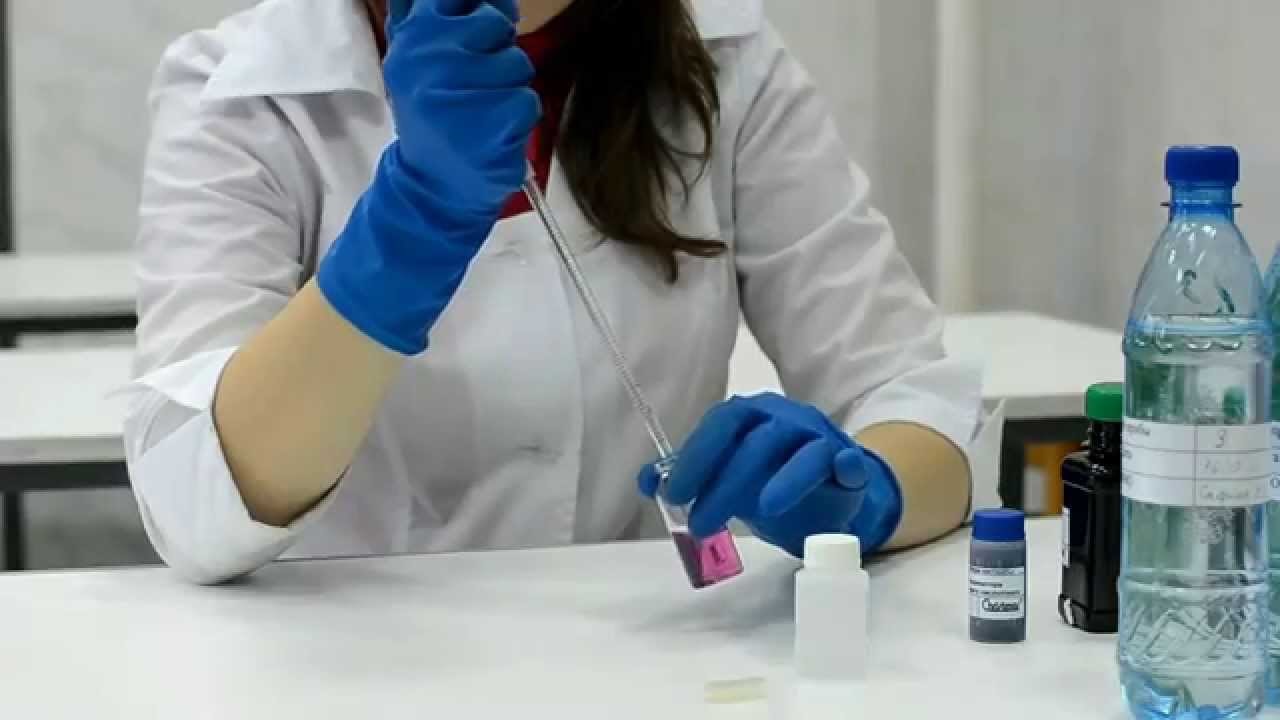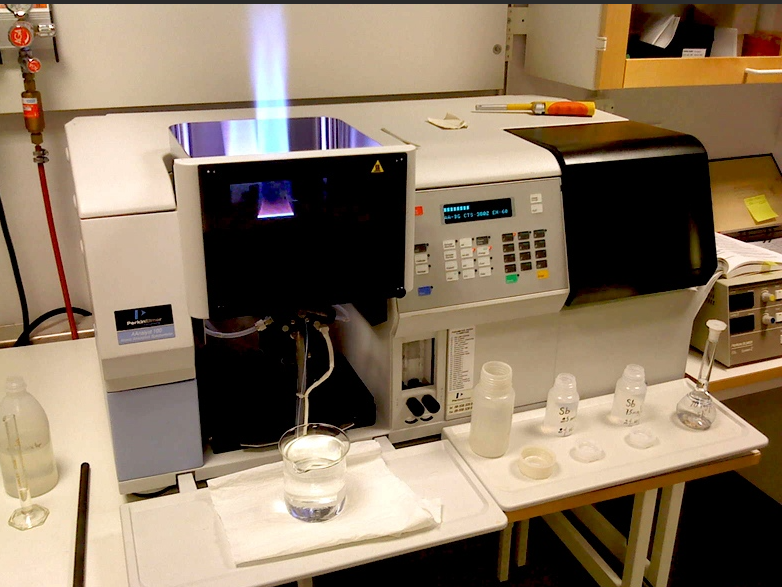Most of the detection of heavy metal content in water adopts spectrophotometry, which is mainly easy to operate. Today we will talk about the steps to detect the total copper content in sewage by atomic absorption spectrometry.
The detection range of total copper content in urban sewage by flame atomic absorption spectrometry is 0.05mg/L-5.0mg/L, but the detection range of concentration is also related to the characteristics of the instrument. After the water sample is sucked into the flame, the detected copper element becomes the ground state atom, which can absorb the characteristic spectral line. Under certain conditions, the intensity change of the characteristic spectral line is proportional to the concentration of the measured element. The concentration can be calculated by comparing the absorbance with that of the standard solution.
This method usually does not have too much interference, but when the salts of alkali or alkaline earth metals are too high, it can affect the accuracy of detection.

Reagents used for testing
1. Nitric acid 1.40g/mL, excellent grade.
2. Nitric acid 1.40g/mL, analytically pure.
3. Perchloric acid 1.67g/mL, excellent grade.
4. Nitric acid solution (1+1)
Mix nitric acid with an equal volume of laboratory grade pure water.
5. Nitric acid solution (0.2+9.8)
Slowly add 2mL of nitric acid to 998m laboratory grade water.
6. Nitric acid solution (1+1)
Mix nitric acid with an equal volume of laboratory grade pure water.
7. Copper stock solution 1000mg/L
Weigh (1000±0.001) g of spectrally pure metal copper or weigh an equivalent amount of copper oxide (spectrally pure) and dissolve it completely with nitric acid solution (1+1), after cooling, transfer to a 1000mL volumetric flask and dilute to the mark .
8. Copper standard solution
Dilute the copper stock solution with nitric acid solution (0.2+99.8) to obtain a copper standard solution with a concentration of 50 mg/L.
9. Acetylene
Supplied from acetylene cylinders, the purity is qualified to obtain a light blue lean flame.
10. Air
It is supplied by the air compressor and should be filtered to remove impurities such as laboratory grade pure water, oil and dust.
Instruments used for testing
1. Atomic absorption spectrophotometer.
2. Glassware commonly used in laboratories.
Detection steps
1. Digest the water sample
Take 100 mL of sample and transfer it into a 250 mL high beaker, add 5 mL of high-grade nitric acid, heat and evaporate to 10 mL on an electric hot plate, remove it to cool, add 10 mL of nitric acid and 4 mL of perchloric acid along the wall of the beaker, when the sample pollution is not serious, it can be used A small amount of hydrogen peroxide replaces perchloric acid, continue to heat and digest until the solution is clear, rinse the wall of the cup with a small amount of water, heat and boil to drive off chlorine and nitrogen oxides, then dissolve in hot water, filter into a 100mL volumetric flask, and determine To be tested.
2. Instrument Operation
Strictly in accordance with the operation manual, the measurement conditions are wavelength 324.7nm, lamp current 6mA, and the flame type is lean combustion.
3. Absorbance measurement
The instrument is zeroed with nitric acid solution (0.2+99.8), after the zero point is stable, spray the working solution, blank test solution and already digested solution into the flame in turn, record the absorbance, deduct the blank test absorbance from the sample absorbance, and check on the working curve. Total copper content in effluent samples.

Draw working curve
Take 0.50mL, 1.00mL, 3.00mL, 5.00mL, 10.00mL of copper standard solution respectively in a 100mL volumetric flask, add nitric acid solution (0.2+99.8) to dilute to the marked line, the concentrations of this standard series are 0.25mg/L, 0.50mg/L, 1.50mg/, 2.50mg/L, 5.00mg/L. The instrument is zeroed with nitric acid solution (0.2+99.8), inhaled the working solution to measure the absorbance, and draws the working curve of absorbance versus copper content. The drawing of the working curve should be carried out at the same time as the detection.
Finally, the content of total copper in the water sample was calculated by the corresponding formula.



